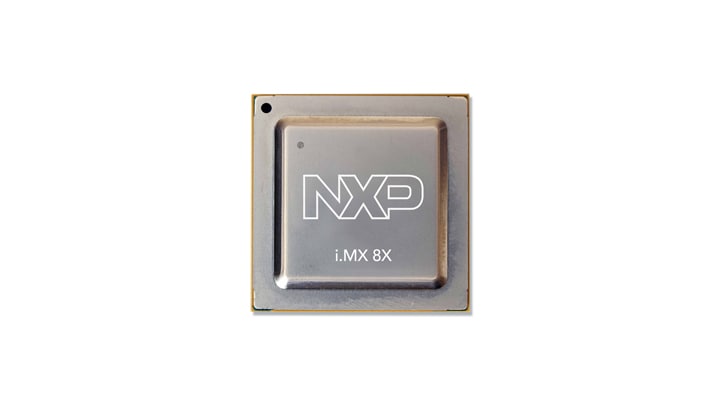ToastBucket
Very Active Member
In terms of grunt, it's based around quad 1.5GHz 'little' 64-bit processors, so less efficient than the A15 cores in the Pyra although with four of them it might be worth playing with.
4xA72s is a huge upgrade in terms of raw power from the A15s but yes they are more power hungry than other cores. It could be comparable to A15s though, they are very inefficient cores. A72s are actually part of the big cluster in a big.LITTLE combo, there’s just no LITTLE on the BCM2711.
I know it’s fun to toy with the idea, but this will never be used in the Pyra
if we could get our hands on some RK3399’s we may be able to leverage some of the work being done on the pine book pro as well as contribute back to their project. We could potentially have the option of running Manjaro on the Pyra too, in that case which would be sweet.


